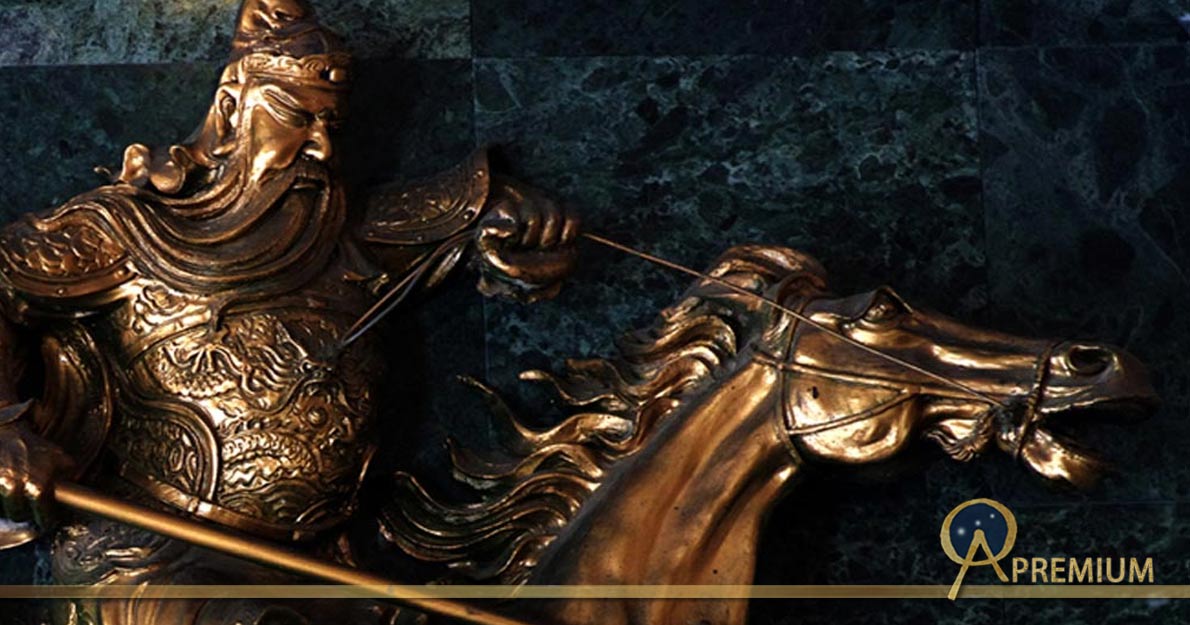From Temujin to Genghis Khan: Hard Life Leads to Path of Vengeance – Part I
It is obvious that Genghis Khan needs no introduction. Most know who he was. However, it would be unfitting not to provide some details concerning his early life and rise to power.
According to the oldest surviving Mongolian literary work, the Secret History of the Mongols, Genghis Khan (or Temujin) was born in Del’iun-boldok on the Onon River. His father was Yesugei Baghatur and his mother was Hoelun. He was one of four children. The date of Temujin’s birth is disputed. Rashid al-Din, Persian historian and grand wazir (prime minister) of the Ilkhanate Mongols, cites 1155 as the year of Temujin’s birth. Much later, after the fall of the Yuan Dynasty established by Temujin’s grandson, Kublai Khan, Ming scholars (1368-1644), cite 1162 as the year of birth. However, other evidence suggests the years 1165, 1167, and 1168 as the official year.
The Secret History states “At the moment he was born, he was born, holding in his right hand a clot of blood the size of a knuckle bone.” He was named Temujin after his father captured the “Tatar Temüjin-üge, they thought to name him Temüjin.” At age nine, Yesugei arranged for his son to be married to a girl from his wife’s tribe. After making the journey, Yesugei left Temujin with his future in-laws.

Illustration of Yesugei, Temujin’s father. (CC BY-SA 3.0)
As Temujin got to know his future extended family, Yesugei, on his way home, encountered some Tartars. Yesugei did not know the men, but they recognized him. After inviting him for some feasting and drinking, one of the Tartars gave him a drink spiked with slow-acting poison. Afterwards, Yesugei made his way home but died by the time he reached his family. When Temujin returned home to take the role of chieftain, the tribe refused, and abandoned his family to their own fate.

Drawing of a mobile Mongol soldier with bow and arrow wearing deel, traditional clothing. (Public Domain)
After much hardship, tensions began to run high between Temujin and his older half-brothers, especially with Bekter.
One day, when the four [brothers], Temüjin, Qasar, Bekter, and Belgütei, were sitting alongside one another pulling in [their lines], they caught a bright fish. Bekter and Belgütei snatched the small fish away from Temüjin and Qasar. Temüjin and Qasar went to the yurt and said to their noble mother, ‘A bright minnow bit the hook and was snatched away from us by our two brothers Bekter and Belgütei.’
Hoelun listened to Temujin and Qasar and said, “Why do you, older and younger brothers, behave in such a way towards one another?” Temujin, seeing that his mother provided no answer in how to deal with the situation took it upon himself to impose justice. Temujin and Qasar decided it was time for payback and stalked Bekter. Eventually they found their brother watching over the horses.
Temüjin stalked up from behind while Qasar stalked up from in front. As they approached, aiming their arrows, Bekter saw them and said, ‘We are unable to endure the bitterness that our Tayichi’ut kinsmen have caused us and ask ourselves, “Which of us will settle the score?” Why make me to be dirt in your eye, a fish-bone in your mouth? At a time when,
Apart from our shadows we have no friends,
Apart from our tails we have no fat,
At such a time, how can you think to do this thing? Do not extinguish my hearth-fire, do not forsake Belgütei!’ Having spoken these words, he sat cross-legged and waited. Temüjin and Qasar shot at him from in front and from behind, and then departed.
The death of Bekter was the first of many millions of deaths to come whether directly by hand of Temujin or indirectly by his armies. When Temujin and his brother came back to their yurt, Hoelun saw the look upon her son’s faces and knew what they had done. In her grief, she lashed out and called them “destroyers!”
This is a free preview of an exclusive article from Ancient Origins PREMIUM.
To enjoy the rest of this article please join us there. When you subscribe, you get immediate and full access to all Premium articles, free eBooks, webinars by expert guests, discounts for online stores, and much more!
- Subutai: Dog of War - Sophisticated Military Strategist Behind Genghis Khan’s Conquering Empire - Part I
- Subutai: Dog of War — Silent, Insatiable and Remorseless, Part II
- Soldier of Fortune: Glory Days for Sir John Hawkwood, King of Mercenaries
Top Image: Genghis Khan (CC BY-SA 2.0)
By Cam Rea




















